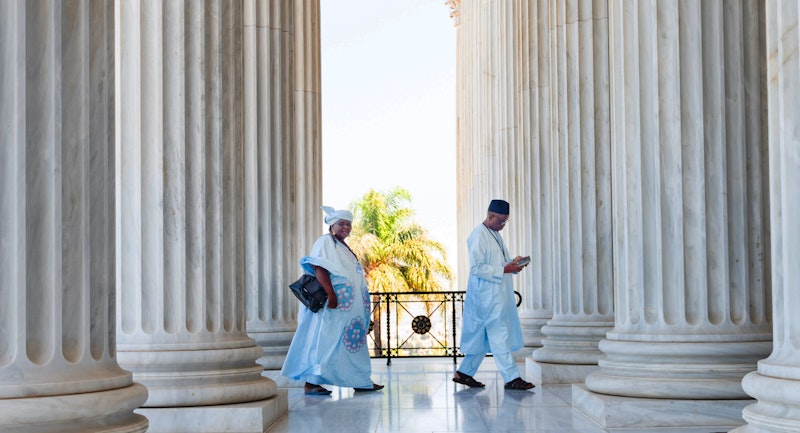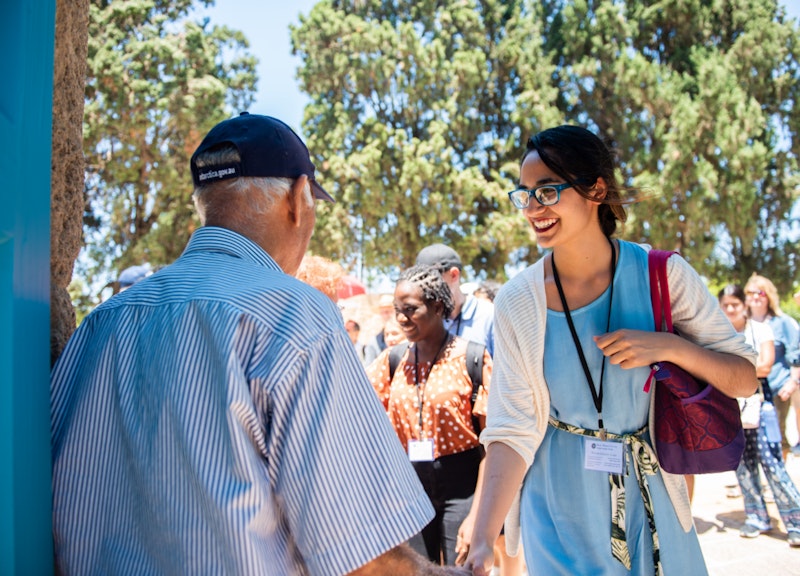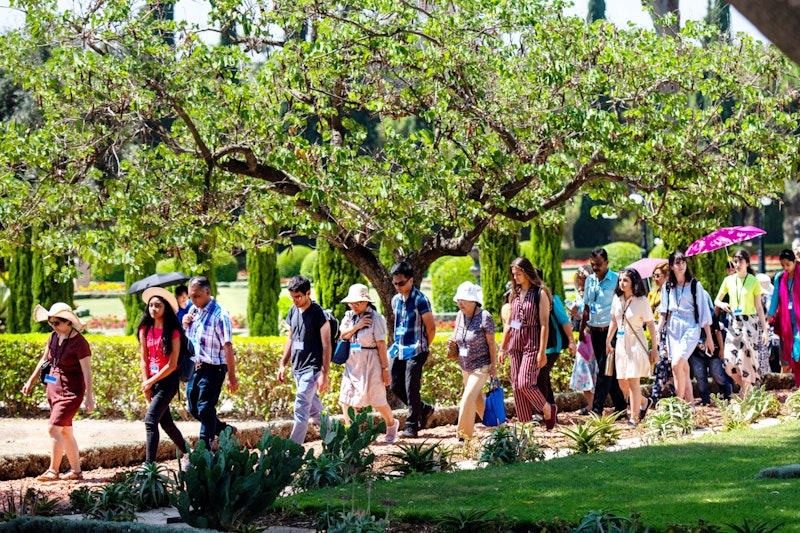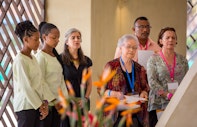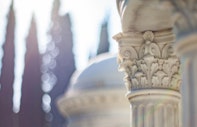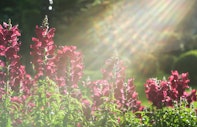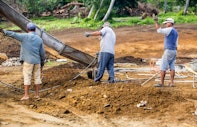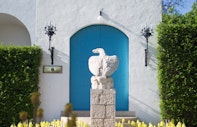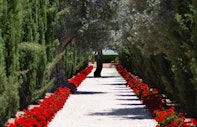What Bahá’ís Believe
The Life of the Spirit
Devotion
Pilgrimage
- What Bahá’ís Believe
- Overview
- Bahá’u’lláh and His Covenant
- The Life of the Spirit
- God and His Creation
- Essential Relationships
- Universal Peace
- What Bahá’ís Do
Over the course of history, the followers of every religion have travelled as pilgrims to certain revered locations that form part of their spiritual heritage. For them, the physical act of pilgrimage has served as an expression of their devotion and an outward representation of the spiritual journey on which they have embarked. Bahá’ís too undertake pilgrimage, and each year thousands of Bahá’ís take the opportunity to forge a profound and lasting connection with the spiritual and administrative centre of their Faith, located in the Haifa-‘Akká area of what is now northern Israel.
During the years of Bahá’u’lláh’s exile, His followers would travel from Persia—sometimes for months and on foot—to visit Him in person. After Bahá’u’lláh’s passing, His Shrine became the spot towards which Bahá’ís turn each day in prayer, and which they strive to visit at least once during their lifetime. The practice of pilgrimage to the Haifa-‘Akká area has continued. Today, Bahá’í pilgrims pray and meditate at the Shrine of Bahá’u’lláh and the Shrine of the Báb, as well as in the beautiful gardens that surround them. They also draw inspiration from the time spent at various historical sites associated with the lives of Bahá’u’lláh, ‘Abdu’l-Bahá, and Shoghi Effendi, as well as from visits to the edifices dedicated to the worldwide administration of the Bahá’í Faith.
“Holy Places are undoubtedly centres of the outpouring of Divine grace,” wrote ‘Abdu’l-Bahá, “because on entering the illumined sites associated with martyrs and holy souls, and by observing reverence, both physical and spiritual, one’s heart is moved with great tenderness.”‘Abdu’l-Bahá, from a Tablet
Pilgrimage offers Bahá’ís from a vast number of cultures and countries the unique opportunity to enjoy precious moments of spiritual fellowship together. Pilgrims have been described as the “life-blood” of the Bahá’í World Centre, bringing with them news of their activities and taking back to their countries inspiration and new insights. Returning home after a short but intensive sojourn in the Holy Land, they feel reinvigorated by the experience, keen to rededicate themselves to service to humanity, and eager to share with family and friends the joy that has filled their hearts.
Notes
